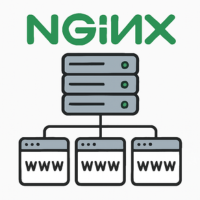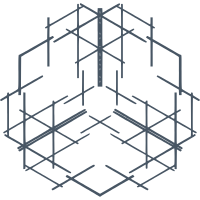Maximizing MySQL performance with indexes

Indexes are one of the tools MySQL uses to make data access faster. Without them, the database engine has to scan every row in a table to find matching records. This kind of full scan can be slow, especially when dealing with large datasets. Indexes allow MySQL to skip most of the table and go straight to the rows it needs. They're not just about speed, though. Indexes also help with enforcing uniqueness, sorting results, and supporting specific types of queries. But they come with trade-offs, like extra storage use and slower write operations.



